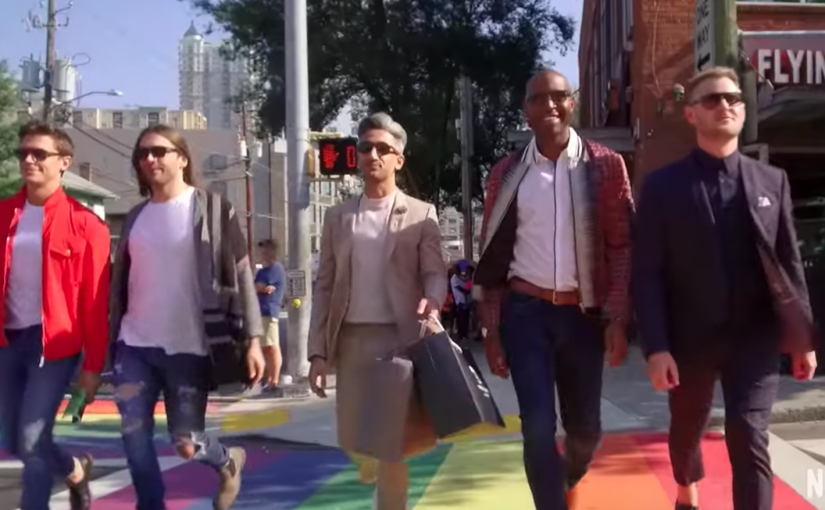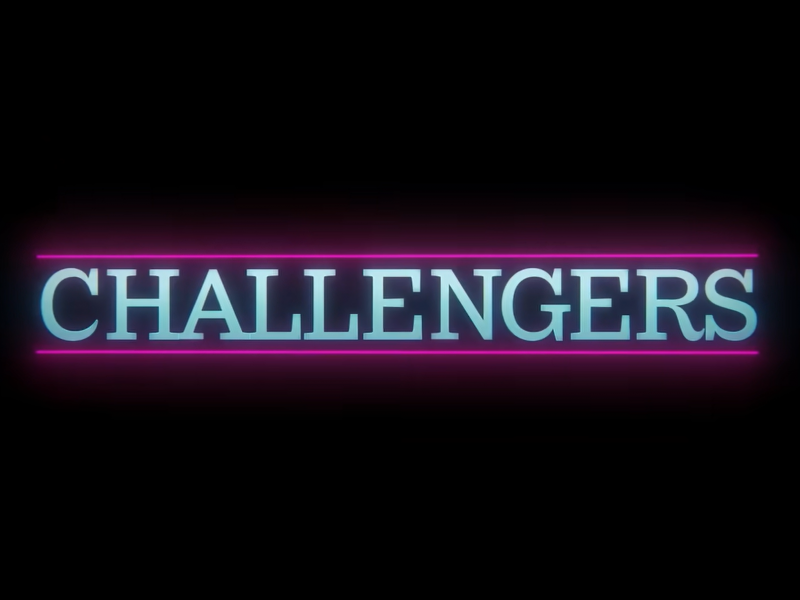“The original show was fighting for tolerance, our fight is for acceptance,” says Tan France as the Fab Five stroll through a rainbow crosswalk.
Gone are the days of flip phones on the Bravo network. It’s 2018 and the Fab Five are back with an updated style, and a Netflix deal.
When Queer Eye for the Straight Guy premiered in 2003, it was a boundary-breaking instant success. The reality show encouraged other networks to showcase gay roles. Around the time of the Queer Eye for the Straight Guy’s release, New York Times critic Alessandra Stanley noted that the show was likely a catalyst for ABC premiering “It’s All Relative,” a sitcom juxtaposing an Irish Catholic couple with a gay one, and Bravo premiering “Boy Meets Boy,” a dating game with gay male participants.
Today, Queer Eye for the Straight Guy has a shortened title (just Queer Eye) but a concept that stays true to the original.
In each episode, a band of gay men, dubbed the “Fab Five,” team up to help a heterosexual man improve his life by giving him a makeover. Every member of the Fab Five is an expert in a certain area of improvement. There’s Antoni Porowski, who handles food and wine, Tan France, the fashion expert, Karamo Brown, culture guru, Bobby Berk, design genius, and Jonathan Van Ness, master of all things grooming.
Together, the Fab Five are a force to be reckoned with, and they need to be in order to deal with some of the sorriest-looking guys in the South. Oh yeah, I almost forgot, the group are no longer handling the downtrodden men of New York City, as they did in the original series. Today’s Fab Five are bravely going where makeovers are likely few and far between — rural Georgia.
Queer Eye is fun, infectious, intriguing and a little trashy, making it a pinnacle of reality television. What sets the show apart from some of its reality TV cohorts, however, is the surprising honesty and care at the heart of the series.
In the premiere episode, self-proclaimed “butt ugly” man, Tom, has his life transformed by the group. His “redneck margaritas” (a combination of tequila and Mountain Dew) become a bit more palatable and sophisticated, his greasy basement apartment transforms into a beautiful bachelor pad, his wardrobe levels up tenfold, he learns how to take care of his beard and his skin and he even internalizes the values of self acceptance and confidence.
By the time the Fab Five have to leave, Tom is so thankful he’s crying. The genuine gratitude Tom feels for the group is moving; it’s hard not to tear up as you see someone who was once restricted by bonds of toxic masculinity learn to love himself and his body in a way he never had before.
Though Queer Eye aims for trashy, silly sweetness, some have criticized the show for its inability to show a true spectrum of gay identities.
Daily Beast critic Kevin Fallon notes that “much of the fretting surrounding a Queer Eye reboot centered on whether it would reflect [a] widening spectrum — Hey, maybe include an adventurous gay, or an overweight gay, or one who doesn’t know his Tom Ford from his Thom Browne — and it’s frustrating that this one doesn’t.”
As networks attempt to reanimate the corpse of every television show we once held dear, seemingly for no reason (Full House, Gilmore Girls, Will and Grace), it’s refreshing to see a revival that deserves a comeback. Though Queer Eye is not without its faults, the 2018 revamp is overall a fun twist on a familiar theme.



